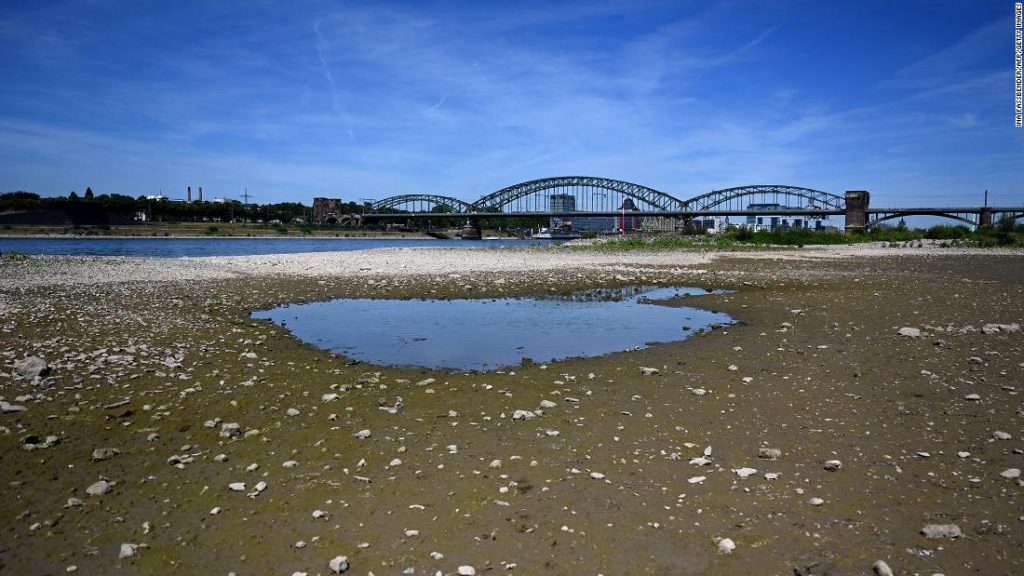The results were based on data from a 10-day period towards the end of July. The observatory said 45% of the land is now covered with “alerts”, which means there is a lack of moisture in the soil, while 15% is under the most severe “alert” level, as vegetation is stressed.
The data coincided with a report published on Monday by the European Union’s climate watchdog Copernicus, which said most of Europe experienced drier than average in July, with many local records smashed in the west due to poor rainfall and droughts that hit several parts of the south. West, Southwest and East. Southeast Europe.
The new data comes as the world grapples with a food crisis that is only waning as Russia lifts its embargo on grain exports from Ukraine. Extreme weather and supply chain issues have exacerbated the crisis and are likely to continue for some time.
A recent report from the Joint Research Center, the European Commission’s science service, forecast an 8-9% decline in corn, sunflower and soybean production in the EU due to hot, dry conditions during the summer, well below the five. year average.
“Dry conditions from the previous months combined with the high temperatures and lower rainfall seen in many regions during July may have negative impacts on agricultural production and other industries such as river transport and energy production,” said Freya Famburg, chief Copernican scientist.
Months with little rain
In July, water reservoirs in several parts of Europe were at very low levels, insufficient to sustain demand, according to Copernicus.
Southern England had its driest July since records began in 1836, while across the UK the month was the driest in July in more than 20 years. The UK saw only 46.3 mm, or 56%, of average rainfall for the month following a long period of drier-than-average months, with the exception of February.
In France, July saw a total of 9.7 mm of precipitation, making it the driest July since records began in 1959 and representing a rainfall deficit of 85% compared to the 1991-2020 average.
Copernicus said the situation improved as a result of rainfall at the end of the month, which led to a 40cm increase in the river, although hydroelectric production in the area is still affected.
Copernicus said July was also one of the three warmest globally, registering nearly 0.4 degrees Celsius above the 1991-2020 average, and the sixth hottest July in Europe.
Meanwhile, Spain on Monday announced the warmest month of July in more than 60 years.
“July 2022 was extremely hot in Spain, the warmest since at least 1961, with an average temperature of 25.6 degrees Celsius. [78.1 Fahrenheit]It is 2.7 degrees Celsius [4.9 Fahrenheit] “Above normal,” the country’s national weather agency said in a Twitter post. July was 0.2°C. [0.4 Fahrenheit] higher than July 2015, which has so far been the warmest month of July.”
CNN’s Benjamin Brown and Molly Stasker also contributed to this report from London.

“Beer buff. Devoted pop culture scholar. Coffee ninja. Evil zombie fan. Organizer.”




/cdn.vox-cdn.com/uploads/chorus_asset/file/25550621/voultar_snes2.jpg)


More Stories
Two children killed, 11 injured in stabbing attack at Taylor Swift dance party in UK, 17-year-old arrested
Fiber optic communications networks are being sabotaged – DW – 07/29/2024
Putin warns US against deploying long-range missiles in Germany | NATO